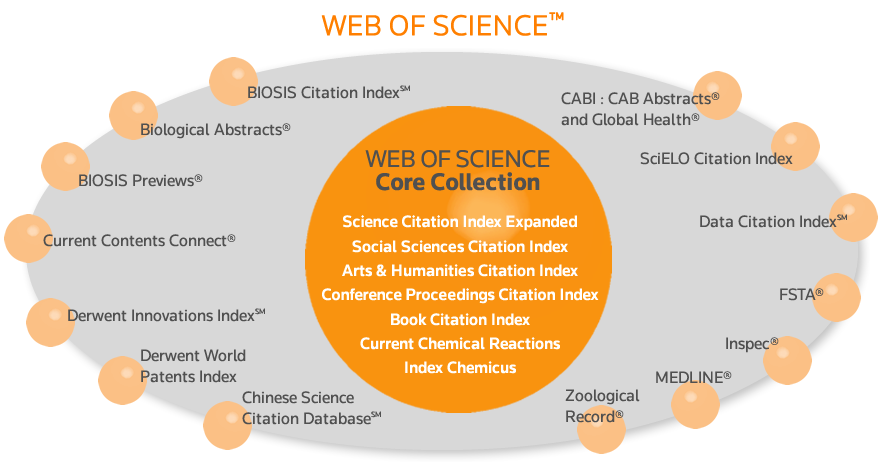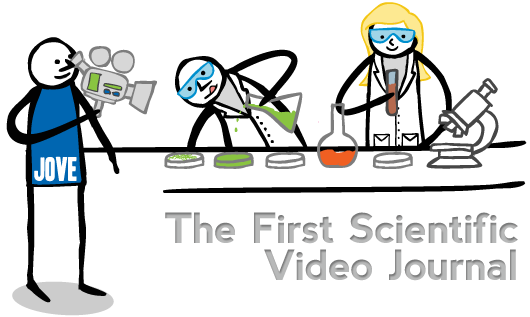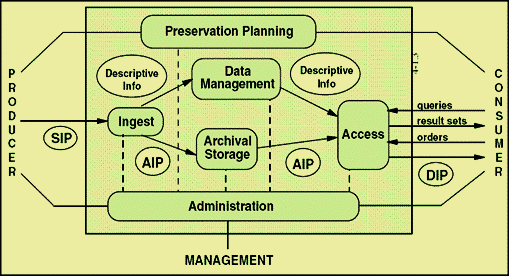ORCID
ORCID (Open Researcher and Contributor ID) maintains a registry of unique identifiers for researchers and allows them to associate their ORCID ids with different name variants as well as education and work history, funding received, and research/creative works. Unique ORCID ids allow researchers to distinguish themselves from others (name disambiguation) and maximize their research measurement impact. Name disambiguation is great for people who have common (last) names such as Smith or Lee or for people who have changed their name. With a unique ORCID id you can distinguish yourself from all the other researchers with your last name and...
Learn about Science and Scientists through Graphic Novels
Did you know that Baylor Libraries has graphic novels in their collection? Did you know that they are not just about superheros? Did you know that you can learn about science through graphic novels. Below are just some of the graphic novels we have in our collection. Some of them are Biographies Logicomix about Bertrand Russell Feynman Darwin : a graphic biography : the really exciting and dramatic story of a man who mostly stayed at home and wrote some books Primates : the fearless science of Jane Goodall, Dian Fossey, and Biruté Galdikas Some of them focus on...
Book Review: The Immortal Life of Henrietta Lacks
From time to time, I will review books that have to do with STEM. Some of them will be very practical like Scientific English and some of them more general interest like today’s book The Immortal Life of Henrietta Lacks. This book made many “best book” lists a few years ago. I remember the first time I tried to check it out…it had already gone missing. I figured that it was so popular and so interesting that someone didn’t want to give it back. But never fear, we now have two hardback editions and a paper edition of the...
Scopus
Today, I’m going to blog about Scopus to follow up on my last post on Web of Science and Cited Reference Search. Scopus is not as complicated as WoS as it is just one database with its own interface. Originally, Scopus data only went back to 1996, but they are in the process of adding records going back to 1970 and should be done in a year or two. Just like in WoS, the simplest way to find in Scopus where/wheter an article has been cited is to search for the article and look on the left side to...
Web of Science
A long time ago, I blogged about Cited Reference Searches and mentioned that Web of Science and Scopus were the two main databases that have this feature. So, today I thought I would go into more detail about how a cited reference search works in Web of Science and later this week in Scopus. I need to start with a few preliminary comments about Web of Science. First of all, for a few years Web of Science had an identity crisis and was known as Web of Knowledge because the company decided that the name was too restrictive since...
JoVE Science Education Database
Just a quick follow up on the last post about JoVE. I mentioned that JoVE has protocol papers and a Science Education Database. The Science Education Database gives short videos on how to perform common laboratory techniques and is great for those needing to review for class or even for students to view in a flipped classroom setting. They keep on changing the way they’re organizing the modules, but the ones we have are Basic Biology SE1 General Laboratory Techniques SE2 Basic Methods in Cellular and Molecular Biology Advanced Biology SE5 Essentials of Neuroscience Please let us know if...
Protocol Papers and the Journal of Visualized Experiments
In the past I’ve talked about the structure of the classic scientific articles, but there are other types of scholarly, peer-reviewed scientific articles. One of those is the protocol papers. Because one of the hallmarks of the scientific method is repeatability, knowing how experiments are performed, or the protocol, is important so that other researcher can confirm results or perform similar experiments. Protocol papers focus on the method of the experiment, and there journals that are dedicated to publishing only protocol papers. One of these journals is the Journal of Visualized Experiments (JoVE). But JoVE is not your typical...
ACRL 2013 Poster
My colleague Eileen and I presented a poster entitled Research Paper Planner: Students Love It, but Do We Know Why? at ACRL on Friday, April 12, 2013, 2:30-3:30 pm. Here’s a link to the pdf of the poster (ACRL2013Poster). Just to warn you, the file is over 6M....
Using Fedora and OAIS
As I mentioned last time, for one of my classes in library school, I am learning about digital curation. We’ve been learning both about the theories and models behind digital curation in addition to getting some hands-on practice with some of the computer programs and tools used in digital curation. So the question arises, how do the theory and practice mesh? One of the theoretical frameworks used in digital curation is the OAIS (Open Archival Information System) model. One of the most important aspects of this framework is to give names and definitions for different objects, roles, and function...
Data Curation Intro
As I have mentioned before I am currently taking classes for my library degree. As part of my degree I am planning on getting a certificate in digital curation. What exactly is digital curation and why am I interested in it? I’m actually interested in digital curation as a part of data management/curation. Most people associate libraries with books, but probably more accurately libraries should be associated with information (which is often found in books, but also in journals, maps, pictures, electronic resources, and other formats). Data or facts are not very useful or informative until put into some...








